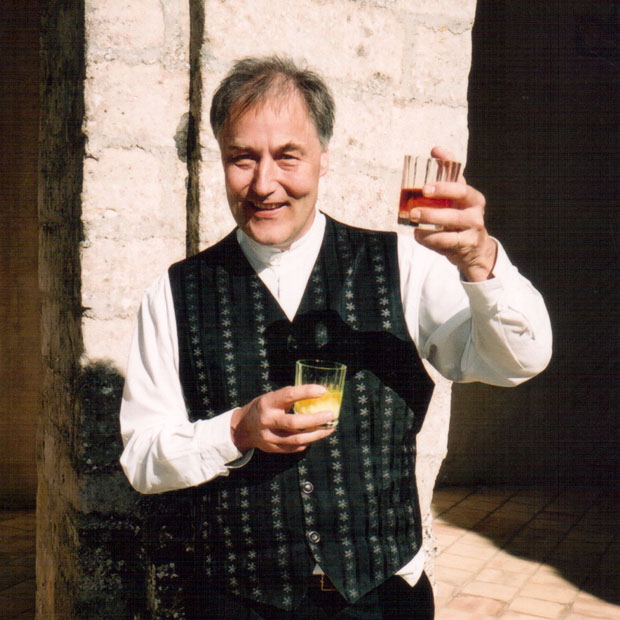
I just received an email from Hervé This with a document briefly summarizing 20 years of molecular gastronomy seminars in Paris. He has kindly asked recipients not to hesitate with distributing the results, so I therefore share the pdf documents with you in French and English (if anything seems a little strange, check the French edition – Hervé’s translation is sometimes lacking). The document only includes very brief summaries, but extensive documentation from every seminar is available in French. To be honest this is a treasure trove for chefs and chemists alike. It motivates experimentation in my own kitchen, and can provide inspiration for science projects and chemistry lab exercises.
In case you’re not familiar with Hervé This, allow me to very briefly mention that he coined the term molecular gastronomy together with Nicholas Kurti more than 20 years ago. He was also one of the co-founders of the “International Workshop on Molecular Gastronomy” that was held in Erice. My first encounter with Hervé was in a German edition of his book Kitchen Mysteries more than 20 years ago. I vividly remember how he questioned and explained recipes and processes in the kitchen, and I thought to myself: I want to do this as well! This book triggered my desire to learn more about chemistry in the kitchen.
To give you an idea of what the molecular gastronomy seminars in Paris are all about, here are some results based on their monthly experimentation. The short statements are taken from the above mentioned English summary (complete results and experimental conditions only available in French):
- cauliflower cooked in water with lemon remains firmer than that placed in water with no lemon
- whipped egg whites that have gone down can be whipped again
- broths clarified with a fritted glass and a vacuum system are clearer than broths clarified with whipped egg whites
- ethanol remains in a flambéed preparation (with Grand Marnier in particular)
- custards should have 16 egg yolks per liter of milk; with only 8 yolks, they are “light custards”
- pasta cooked in milk is more yellow, is more sticky and has a different flavor compared to cooking in water
- freezing octopuses makes them tender
- when carrots are cooked at a low temperature, they harden, and then they can no longer be softened
- potatoes soaked in a sauce that is too salty do not correct it
- depending on the vinegar, acidity decreases or increases with the reduction of the vinegar
- salt reduces the bitterness and increases the sweetness
- whipped cream with sugar added at the end is whiter, whereas whipped cream with sugar at the beginning is firmer and more yellow
- lemon juice makes carrots paler, and zucchini yellow-greenish
- carrots cooked with tomatoes are a brighter orange, but no difference in consistency
- zucchini cooked with tomato looks very cooked, but it is normally cooked
- no real difference between fresh and stale bread fillings
- no difference in expansion between frozen puff pastry or not
- with cold eggs, it’s faster to whip egg whites
- fig leaves do not tenderize meat in stews
- unwashed French fries stick together
- there is no difference in flavour between washed+dried fries and fries cooked directly after cutting
- when (too much) salt is put into the pancake batter; the salted pancake is unanimously judged to be “harder”, “drier”
- to poach eggs, it is not the salt which allows to have a mass gathered, but the vinegar
- an emulsion is well obtained from an egg yolk frozen and then thawed
Taken alone some of these findings may seem trivial, but they illustrate how even the most minute claims and beliefs can and should be questioned and tested. And when done the results should of course be documented. Hervé This and his fellow seminar participants have done a great job here!
And while we’re at it: Are you aware of culinary claims or kitchen myths that should be checked? I’d love to hear more in the comments below!

What a find! Thanks so much for this! I’m going to go cook some carrots at low temperature and verify some experimental findings!